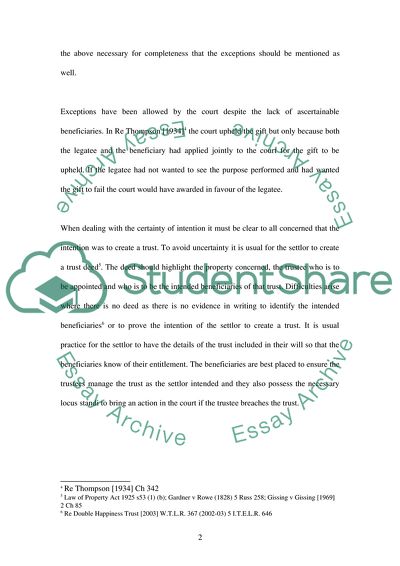Cite this document
(Equity and Trusts Coursework Example | Topics and Well Written Essays - 2750 words, n.d.)
Equity and Trusts Coursework Example | Topics and Well Written Essays - 2750 words. https://studentshare.org/law/1710258-lawequity-law
Equity and Trusts Coursework Example | Topics and Well Written Essays - 2750 words. https://studentshare.org/law/1710258-lawequity-law
(Equity and Trusts Coursework Example | Topics and Well Written Essays - 2750 Words)
Equity and Trusts Coursework Example | Topics and Well Written Essays - 2750 Words. https://studentshare.org/law/1710258-lawequity-law.
Equity and Trusts Coursework Example | Topics and Well Written Essays - 2750 Words. https://studentshare.org/law/1710258-lawequity-law.
“Equity and Trusts Coursework Example | Topics and Well Written Essays - 2750 Words”. https://studentshare.org/law/1710258-lawequity-law.


